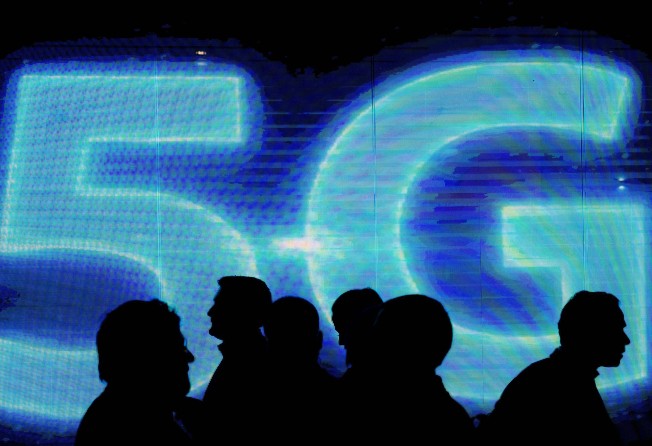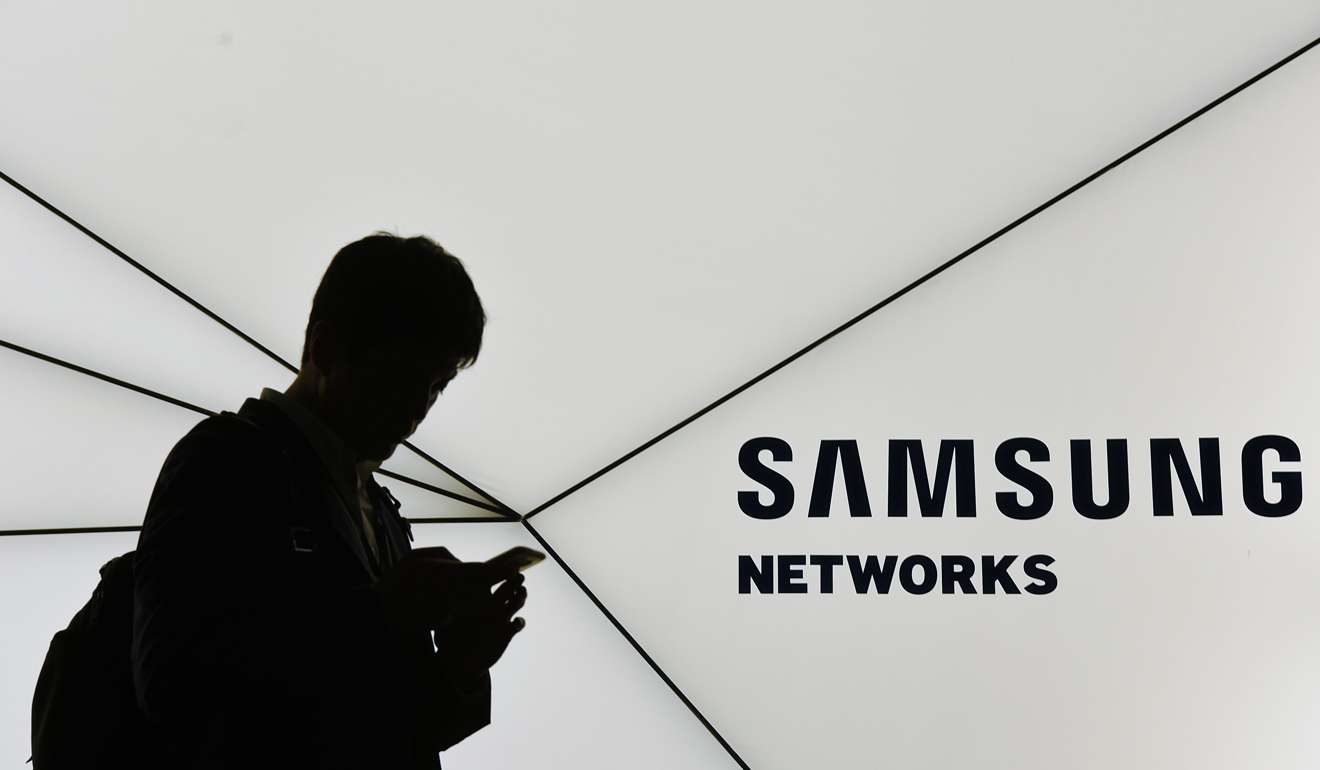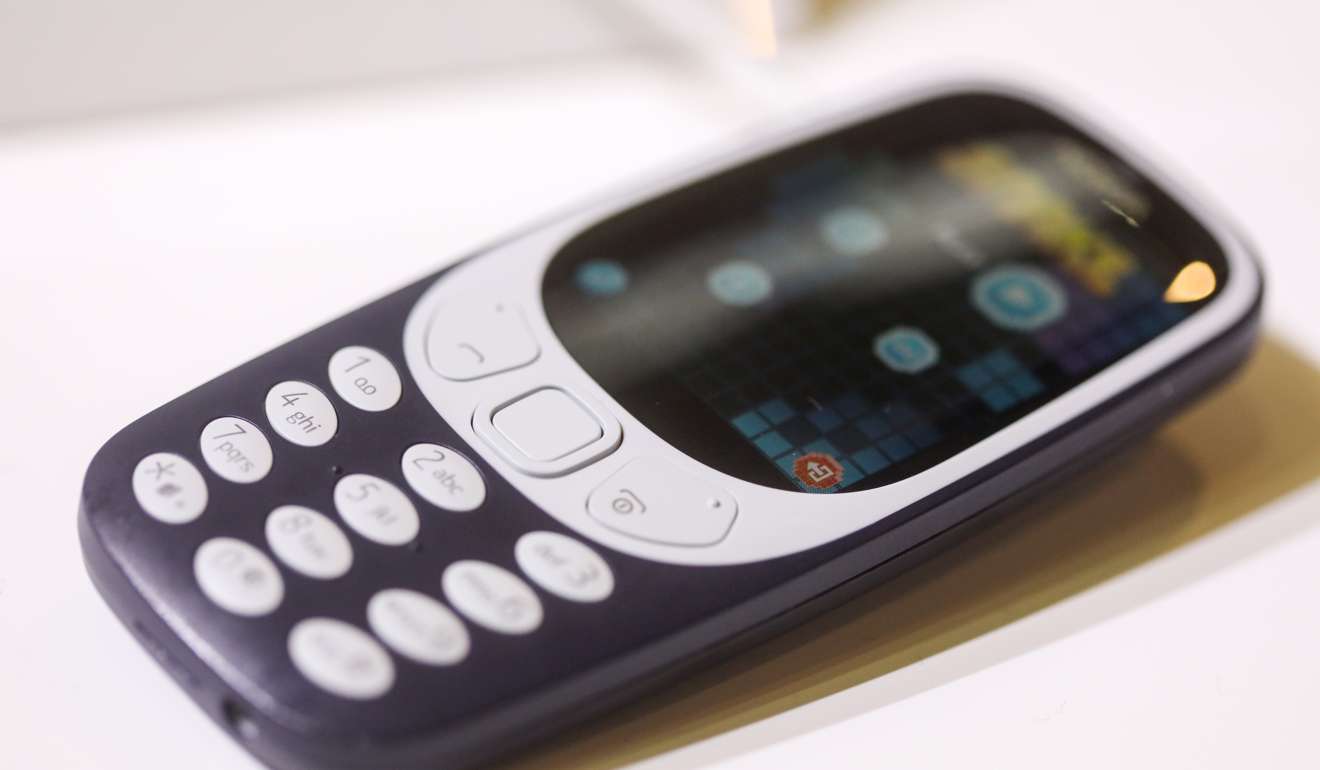
5G future the talk of Mobile World Congress, even though consumers won’t see the new tech for at least three years
Barcelona was abuzz with the promise of the broader and faster connectivity the next generation network will bring, Chinese companies had a good week and Nokia handsets made a curious comeback

This year’s Mobile World Congress took a hit before it even began.
Samsung, which in the past three years had unveiled new versions of its flagship Galaxy S phone at the Barcelona event, decided to delay its announcement this year (perhaps due to additional battery tests after last year’s incendiary Galaxy Note 7?).
What’s more, industry trends such as virtual reality and artificial intelligence are either starting to plateau (the former) or are still in their infancy (the latter), meaning that not much could be said about them this year that wasn’t said in 2016.

Still, there was more than enough happening at MWC 2017 to get tech geeks and even casual gadget buyers talking. Here’s what got the most buzz at this year’s event.

Huawei’s far-reaching influence on the industry
While consumer electronic geeks and general tech blogs place most of their focus on new gadgets, the congress is about more than just mobile phones. It’s also – in fact, mainly – about the network on which these phones run. And on that front, Chinese giant Huawei is in a class of its own.
The Shenzhen-based company sells telecom equipment to more than 170 countries, quietly becoming the networking partner with major carriers in Asia, Europe, Latin America and Africa.
This is a technical feat even Apple and Samsung can’t touch – it’s as if Toyota not only built cars, but the highways on which all cars run.
In Barcelona, Huawei’s presence could be felt everywhere. The company hosted several days’ worth of summits and conferences, most notably the 5G summit that brought the world’s major telecommunication powers into one room (attendees included senior reps from AT&T, Vodafone, China Mobile, Ericsson, DoCoMo, etc); it has one of the largest booths at the congress; and it released a new phone and smartwatch.

In fact, the Chinese are everywhere
There were many native Putonghua speakers lugging rolling suitcases at the venue this year. The reality is China is the tech hardware capital of the world. Every major company assembles its products in southern China (including Apple and Samsung phones), and the combination of China’s growing economy and huge talent pool means Chinese companies are becoming more adept at building their own thing.
There were so many obscure Chinese phone brands at the congress it was mind-boggling. I’m not even talking about the Oppos and Meizus of the world, which any tech geek would already be familiar with. I’m talking about the likes of Xiaolajiao (Putonghua for “little chilli pepper”), which has a slate of crazy-looking phones, including one with a breathalyser built in to prevent drunk driving.
Can LG make a comeback?
Traditionally, Samsung vs LG is a major story at the congress, but with Samsung’s phone a no-show this year, LG had the stage all to itself. And it looks like LG delivered.
Reaction to the G6 from the gadget community has been positive, with the phone receiving “best of MWC 2017” honours from tech blogs such as Know Your Mobile, Tech Advisor and Alphr.
The South Korean conglomerate’s mobile division has been bleeding money lately, most notably in the third quarter of 2016 when it lost US$224 million due to the weak sales of the G5, but LG doesn’t expect to jump all the way back to the top of the market-share rankings with one phone release (currently, LG is either eighth or ninth in the world depending on the week).
Two high-level LG reps (one in charge of marketing, the other in phone design) told me they have realistic expectations for the G6.

Samsung teases
LG’s arch nemesis, Samsung, didn’t exactly sit quietly despite having no major product to show. Several hours after the G6’s unveiling, Samsung held its own event across town announcing a mid-tier, unexciting tablet and some early 5G plans, but the main draw of the event was a teaser video for the Galaxy S8 (showing only silhouettes of the phone), to be officially introduced on March 29 in New York. Yes, tech companies are now going the Hollywood studio route of releasing teasers that are essentially advertisements for a future advertisement.
The odd Nokia comeback strategy
If you’re older than, say, 30, chances are your first mobile phone was a Nokia. The Finnish company was once the undisputed king of the mobile scene, only to flame out in the late 2000s after betting on the wrong operating system not once but twice (first Symbian, then Windows) in what would eventually become a two-horse smartphone OS race (iOS and Android). But the Nokia name was back at the congress, with HMD Global, licensee of the brand, announcing four new phones: three Android handsets and an “updated” version of the iconic Nokia 3310.

Pekka Rantala, a Nokia veteran HMD Global’s chief mobile marketing officer, told me the company has two major goals: the first is to work closely with Google to create Nokia-branded devices that run pure stock Android – “We want to push pure Google services with timely updates,” he said – and the second is to focus on the China market. But here’s the thing – Google is banned in China, and most people in China do not use Google services.
When I posed the question to Rantala, he said he hopes HMD Global, working with Google, can eventually help foster a better relationship with China (in other words get Google unbanned), while also focusing on other Chinese-speaking markets such as Hong Kong and Taiwan.
Good luck on the former – he’ll need it.